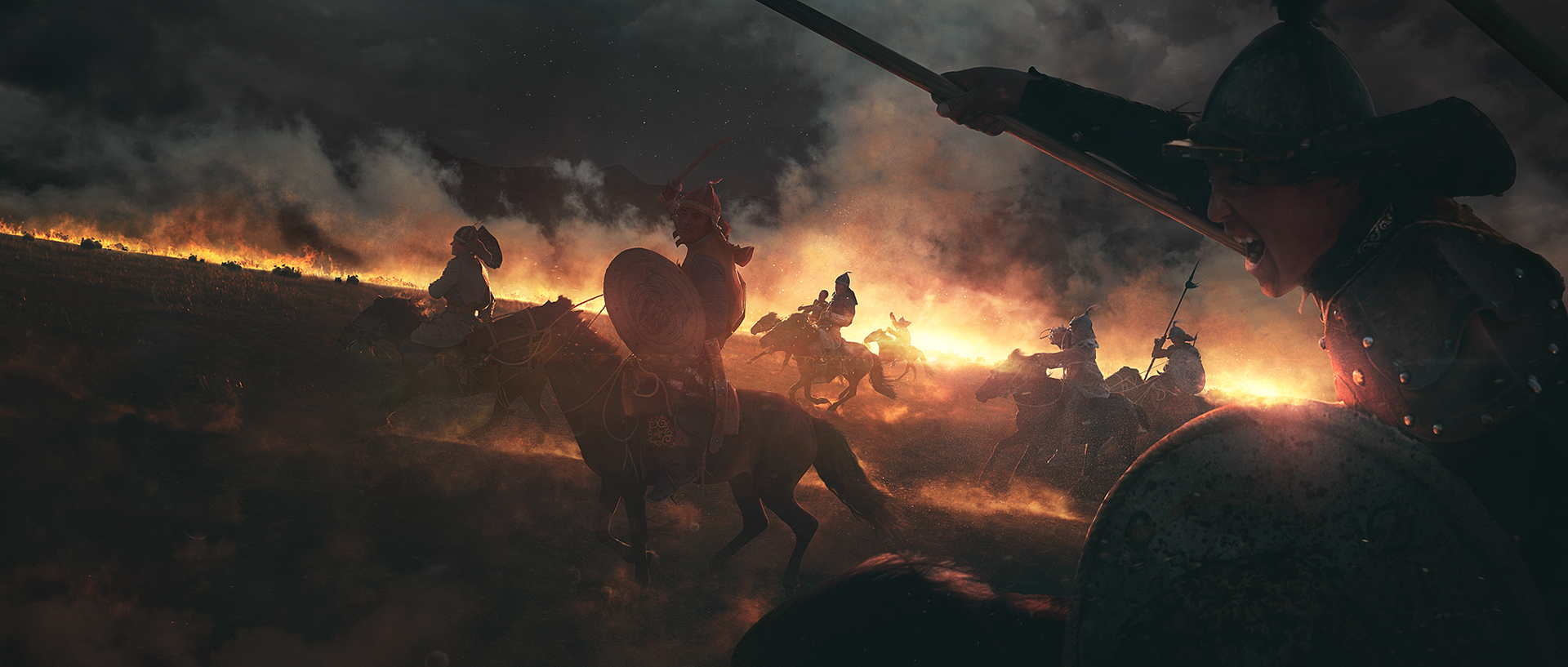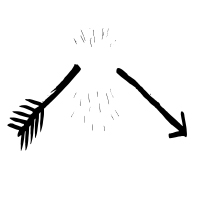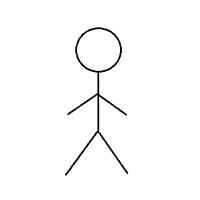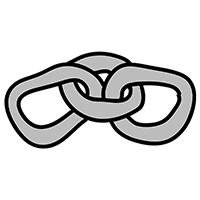Ashkuzan Gods
Overview
What little is known of the Ashkuzan Gods paint them as horrible indeed. They have no positive attributes, bring only death, disease, and misfortune to all they fasten their attention to. The Ashkuzi do not worship their gods so much as avoid them, seeking a balance of good and evil acts throughout their lives. There are no temples and no true priestly caste, just the mad who seek the attention of the pantheon out of ignorance of their nature or pure suicidal intent. Knowledge of the gods is passed from parent to child, and never in public.
Relationship with other Faiths
Nominally henotheist, the Ashkuzi acknowledge the existence of all other gods but worship, prayer, or sacrifice to other gods raises the fear that the Ashkuzi pantheon will notice and punish them. Faiths that condone slavery are looked at with extreme distaste. Religion is a very private matter to the Ashkuzi and acts of balance are often done alone. Praise for good acts is uncomfortable to them and they believe it brings the danger of malign notice.
Pantheon
While the true names of the Ashkuzi gods are never spoken or written, they are often referred to by the type of misery they most enjoy inflicting. Each has a pictographic to represent them, used mostly for written curses. Only four are generally known outside of the Ashkuzi tribes.
Aşlık (Misfortune)
Especially the misfortune of a failed attack. Misfortune is said to be crepusluar, fond of unclean places such as charnal houses and mass graves, and manifest in pestilance.
Pictograph: a broken arrowGıl (Winter)
Concieved as the pain of hunger--poor hunting, starvation. Deification of natural forces are common among the savage tribes. The only god of the Ashzuki said to be capable of laughter.
Pictograph: A stick figure man; the starveling.Baklık (Cruelty)
Infliction of unwarrented pain, torture, wanton violence. Cruelty savors these acts, drawn to the pain and terror.
Pictograph: The Torn BoneGullık (Enslavement)
The detestable practice of Human slavery. Ashkuzi do not own or trade in slaves and hold people that do in contempt. The oral history of the Ashkuz mention repeatedly that the tribes once were held in slavery.
Pictograph: Three links of chainDivine Origins
Sages familar with the folkways of the various Steppelander tribes recognize that the characteristics of the four dieties that make up the Ashkuzan pantheon are equivalent to a portion of the gods worshiped by their former masters, the Shir Urk (Yellow Orcs) of the Yargatai Plateau.
Worship
Ashkuzi never petition their gods for boon or surcease. Indeed, even the rituals of their shamans are requests to be left alone.
Seeking balance leads the Ashkuzi to perform acts they believe will simply bore their gods into ignoring them. If an Ashkuzi commits a particularly evil deed--murder of the innocent, betrayal of loyalty, failing their clan, or the like--he will seek to balance it out with a good deed, such as manumission of slaves. (Ashkuzi have a deep cultural taboo against slavery and slavers, often killing them out of hand if it can be safely done within the web of good, evil, obligations and voluntary commitments that control their lives.)
In fact, many Ashkuzi think their gods are repulsed by acts considered as good or at least thwarting the will of the wicked. But too many good acts might also attract the attention of their gods, who will act to destroy good people they consider their subjects. Particularly wicked people are similarly in danger, for they may become an avatar of one of Ashkuzi gods and wreck amazing destruction on their family and clan in the brief time before their bodies are simply burned away. Their souls are then consumed by the possessing god, existing in eternal agony in the vitriol of their digestive systems.






